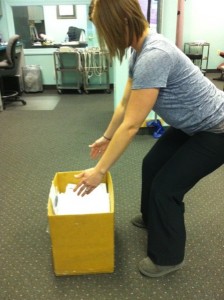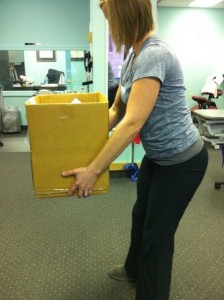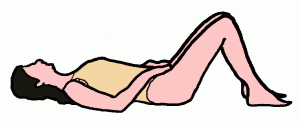It’s that time of year again when you may have to deal with the snow. Many people injure themselves when shoveling snow. Therefore, here are some tips you can use to avoid a shoveling injury this year.
Guidelines to Prevent Injury While Shoveling Snow
- Prior to shoveling, you should warm your body up. This can be done by taking a 5 minute walk and moving your arms in a circular motion. This causes increase blood flow to the areas of your body you will be using to shovel snow to prevent injury.
- Use an ergonomic snow shovel. One with a curved handle to keep your back straight while shoveling.
- Push the snow if possible. Pushing the snow away is better than lifting the snow. It you have to lift it, make sure to squat with feet shoulder width apart, and bend your knees and tighten your abdominals. Don’t bend over at the waist rounding your back. You want your legs to do the work, not your back.
- Scoop small amounts of snow at a time.
- Use a shovel with a plastic blade rather than metal because it is lighter.
- Keep the shovel close to your body and dump the snow in front of you or pivot your feet to turn and dump the snow to the side (never twist your body). The worst position you can be in while shoveling snow is bent over at the waist, scooping and then twisting to throw the snow. That position puts a great deal of pressure on the discs in your spine.
- Use boots with good traction and once you have cleared an area, put sand or salt down to help with your traction, while continuing to shovel.
- Also, make sure you take breaks. Drink lots of water and avoid caffeine or smoking before you shovel. Caffeine can cause an increase in your heart rate and constrict your blood vessels. If you experience any chest pain, make sure you call for help.





